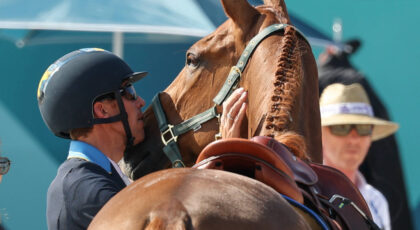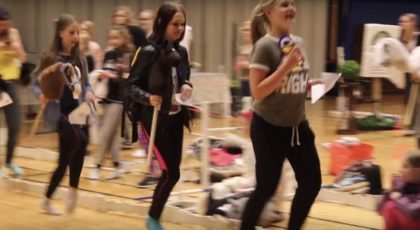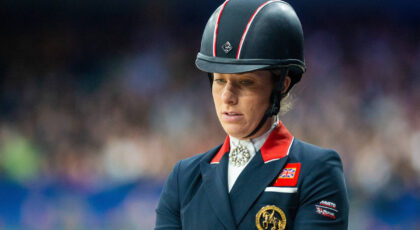Whether you and your horse are just starting out or you’ve been riding together for years, the secret to getting results beyond what you’ve been getting is in learning how to evaluate your horse’s foundation.
First you must know what it means to have a solid foundation. Then you must discover what, if anything, is missing. Finally you must strengthen and or reintroduce the primary foundation elements of your horse necessary for him to be and perform at his best.
Using the analogy of a house while substituting the word horse makes it easy to see the importance of a foundation.
Every house is built on a foundation. If the foundation is weak, eventually the walls crack (spooky horse), the roof leaks (horse is resistant, likes to bite, bolt, etc.) and you end up spending more time and money on repair (horse trainer) than on the fun of decoration and design (riding).
Sometimes we buy a house (horse) that was owned by someone else. Often we don’t discover its weak foundation until we start to add on or build something new into the house (we begin dressage, jumping, trail riding, etc.). A house that has a solid foundation is a house (horse) we love and feel safe and comfortable with. We also know it is capable of improvements, expansion and additional design (just like a horse who can learn a sport and discipline).
The foundation of any horse is determined by the quality known as “collection.”
Most riders think of collection as something physical like a horse’s “head set” or “rounded back.” True collection, however, is always made up of three distinct components: physical, mental and emotional. Most resistance or problems people encounter with their horses are usually caused by not positively developing all three of these components of collection.
Many riders from beginners to show champions concentrate on the physical relationship with their horse. Dressage riders work hard to develop a graceful collected passage. Reiners intently practice their spins and slide stops. Jumpers work at jumping higher and faster. Trailer riders concentrate on their ability to physically control their horse from bolting if they get spooked.
What so many riders don’t realize is that before you can have true physical control and collection with your horse you must first establish mental and emotional control and collection.
The same is true for human athletes. A powerful tennis serve is meaningless if the player’s thoughts are scattered and he’s not mentally collected. Mental focus and attitude not only come first but often make the winning difference. A football player who’s not in control of his feelings and feels emotionally defeated before the game will be at an enormous disadvantage. If he’s afraid of getting hurt, he’ll often end up getting hurt.
It doesn’t matter what level of physical ability and talent either horse or rider possess. They cannot ride together at their best, much less be safe and have fun, if either of them lack emotional confidence or are mentally distracted. The art of horsemanship, which includes horseback riding, has always been based on physical, mental and emotional collection. When it comes to riding, the horse’s foundation is the cake; the discipline (dressage, jumping, reining, trail riding) is the icing.
“Traditional” horsemanship most often concentrates on just the physical relationship. Natural Horsemanship is a method, which creates a relationship with your horse that contains a positive mental, emotional as well as a physical connection.
True physical collection is always preceded by mental and emotional collection. Weak foundations show up in horses that resist, need to be forced, are inconsistent, lack confidence, spook easily or have any number of other problems whether while riding or on the ground.
But to achieve mental and emotional collection you must understand equine psychology.
You must know how your horse thinks and feels. Then to positively influence his thoughts and feelings you must learn and be able to communicate with him in his language. Horses do not speak English. You must create a relationship of mutual love, trust and respect. This is always most effectively established on the ground before riding. It is only then that you can help your horse become less fearful, more confident, less mentally distracted, more focused and finally ride together in harmony.
This is the genius of what is today referred to as Natural Horsemanship. It is what I love and believe in. It is the only method I was taught, it is the only method I know and it is the only method I teach.
 About the Author
About the Author
Tim Hayes is he author of RIDING HOME – The Power of Horses to Heal. To learn more about the book visit, www.ridinghome.com. Every book ordered will benefit children of families in need, veterans with PTSD and children with autism. For more on Tim Hayes and his teachings go to: www.hayesisforhorses.com.




 April 15, 2018
April 15, 2018 



























